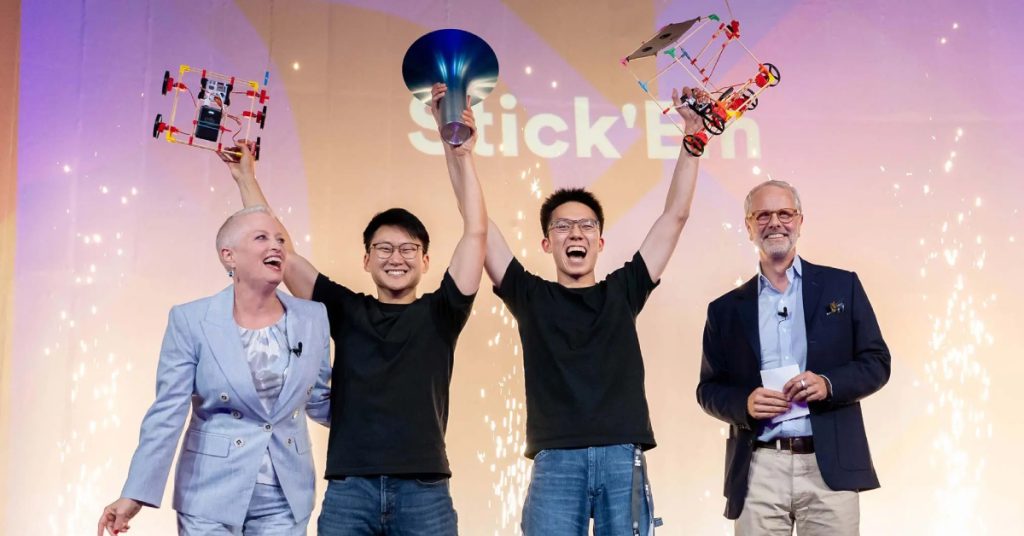As the data from the 2020 Census of the population in Singapore is being released, we are beginning to see a more complete picture of the society.
There are worrying signals, though some are not surprising and expected. For instance, the median age would increase (from 37.4 in 2010 to 41.5 in 2020), followed by greater dependency, particularly among the elderly. Society is very much ageing as predicted.
Unfortunately, we run into more concerning findings regarding domestic education.
Among all university graduates, the proportion of STEM graduates has decreased and engineering studies are no longer the top field for males, overtaken by business & administration.
This is quite surprising, considering frequent complaints about alleged favouritism towards foreign workers. As it now turns out that it may have been the local companies — frequently lamenting lack of qualified workforce — which have been proven right.

The percentage of graduates in engineering sciences, information technology as well as natural & mathematical sciences have all gone down across both men and women.
Collectively, they accounted for 44.5 per cent of degrees among male graduates of all ages in 2020, down from 51.6 per cent in 2010 and just 20.2 per cent among women, down from 25.1 per cent a decade ago.

Given that these are statistics for the entire population, this would suggest an even larger drop among the youngest generations (specific degree/age level data is not provided in the census).
This past decade was quite transformative worldwide. It’s been a time of the smartphone revolution, of the rise and spread of social media, cryptocurrencies, mass ecommerce, online gaming, video streaming, ride hailing.
Yet, the share of IT graduates in the educated resident workforce in Singapore has dropped from 12.1 per cent to 11.3 per cent among men, and from 7.2 per cent to just 5.5 per cent among women.
Engineering has fallen from being the top field of study for men, overtaken by Business & Administration studies, which are now the favourite for both males (31.2 per cent, up from 27.2 per cent) and females (39 per cent, up from 37.5 per cent).
Other areas recording gains are Education, Health Services, Communications and Fine & Applied Arts (as long as it’s the latter, it is perhaps not as worrying as good designers are also needed — considerably more so than painters or poets, though).
Slightly more men attend Humanities & Social Sciences (8.2 per cent, up from 7.7 per cent), though fewer women (14.9 per cent, down from 15.9 per cent).
The corporate cubicle is holding strong

These results show a remarkable conservatism among the local population, which does not bode well for the future.
After all, innovation is not a domain of business executives and accountants but engineers, designers, scientists or inventors.
Perhaps paradoxically, business studies do not produce bold entrepreneurs, but rather risk-averse executives who tend to follow the rules and climb the corporate ladder, while someone else is at the wheel.
However, a country as small as Singapore cannot merely be a corporate support hub if it wants to thrive in the future.
There’s little value added in purely administrative work. Thus, it is a cost that companies tend to want to minimise, while investing in areas that produce competitive advantages such as research and development, manufacturing, and design.
With a shrinking STEM graduate population, Singapore will either have to open the doors to capable migrants more widely or face the risk of losing cutting-edge jobs to other countries.
Silicon Valley vs Singapore: how to do we attract talents?
For the past 50 years, the city-state has grown by catching up to the developed world. It is already one of the most developed countries today, and it has to innovate to continue its upward march or face stagnation. It’s not going to be possible if it doesn’t have the practical innovators to do it.
It needs to provide more advantages than just a sound business, economic and legal environment for foreign investors. With a qualified labour force crunch, it may simply not be enough to keep attracting them here.

Silicon Valley — the model of modern-day innovation hub for the entire world — enjoys neither attractive laws nor low taxes. Living in California is also quite expensive, particularly in the Bay Area.
Despite all the legal and administrative obstacles, good universities and career opportunities built by the first innovators have made it an attractive place for the most talented people from all over the world.
It’s the human capital that sets successful places apart from those who are desperately trying to catch up.
Singapore is still doing very well, enjoys robust domestic manufacturing, particularly in digital circuits and semiconductors. However, if it becomes more difficult to employ the right kind of people in the city, then no tax and legal incentives are going to be enough to attract meaningful investment in the years to come.
Featured Image Credit: BurnPavement.com












